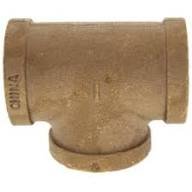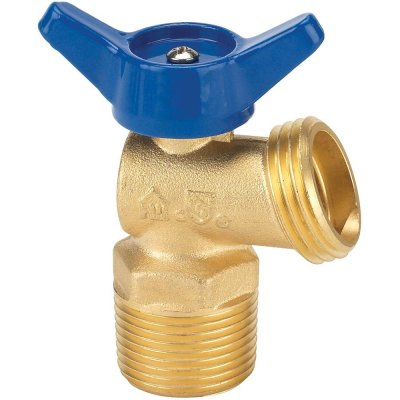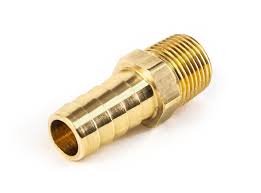Newtrawlerowner
Senior Member
- Joined
- Nov 16, 2019
- Messages
- 326
- Location
- USA
- Vessel Name
- PartnerShip II
- Vessel Make
- 2003 Mainship 400
I've drained the antifreeze and am ready to refill and wanted to know what tricks people used. The expansion tank and pressure cap are just below the floor and are not easily accessible. I've rigged up a funnel/hose devise to fill and am sure this will work but was wondering what others did.
Any help/ suggestions are greatly appreciated.
Any help/ suggestions are greatly appreciated.



